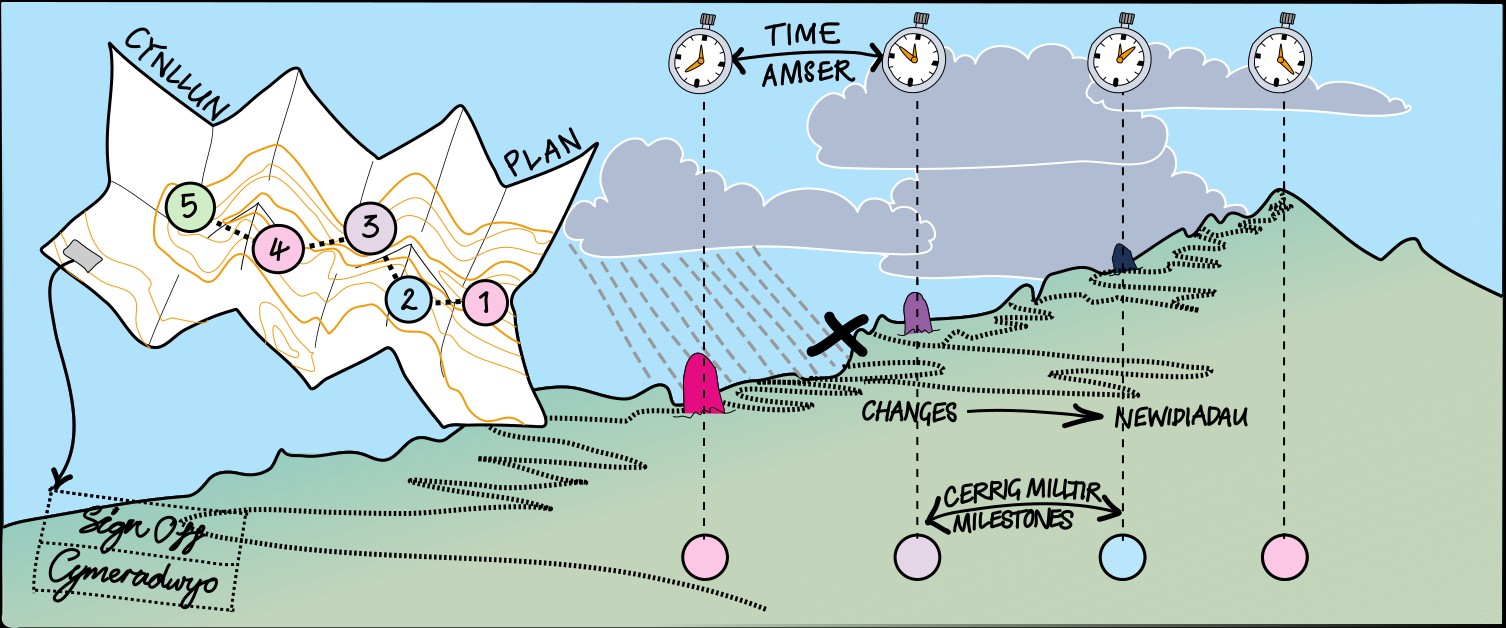Stage 2: Planning the project

All the work you have done in writing the project brief and business case will provide an excellent base for the next stages of more detailed project plans
The project plan
When the project brief is agreed it’s time to start planning more thoroughly. As you add more detail to the project brief a project plan emerges.
To move forwards most projects follow a similar process to the one outlined below:
- Expand on the project brief - add more detail to each section, firm up estimates, describe risk, change control and quality control processes in detail etc
- Produce a first draft of a project plan document
- Add in risks, issues and change control detail
- Get the plan signed off by the project sponsor and any project steering group
- Circulate the document to key stakeholders and where appropriate get them to sign it off too
The project plan document will become your touchstone for anything that happens in the project and it will be the responsibility of the project manager to keep it up to date.
Detailed project planning involves the scheduling of the activities and tasks that make up a project. This can be done in a number of different ways depending on the tools and techniques you are using, but it usually breaks down into two key stages:
Milestone plan: A milestone is a marker in a project that signifies a change or stage in development. They show key events and map forward movement in your project plan. Milestones act as signposts through the course of your project, helping ensure you stay on track. Without project milestone tracking, you’re just monitoring tasks and not necessarily following the right path in your project.
Detailed plan Your detailed project plan should look at the specific activities that need to take place to reach each milestone. This should enable you to produce a step-by-step plan which identifies resources, cost and duration of tasks, allocates tasks to team members and enable you to monitor project progress.
A good project plan can track both your milestones and the key activities and tasks. It will give your project structure and your team direction. It provides a benchmark for performance and will help to achieve the project goal(s) within the given timescale.
Any project involves change, and any attempt to introduce change will come with a degree of risk. Project managers need to be aware of the potential risks at the planning stage and keep them under review.
Managing risks
Risk levels can change as progress is made and time goes by. There are a number of tools and techniques you can use to help understand the potential risks associated with your project. One simple approach is a SWOT analysis, where you consider potential strength, weaknesses, opportunities and threats.
In order to understand how big a potential risk could be a project manager should assess each risk from two perspectives: the potential impact on the outcome of the project, and the likelihood of it actually happening. It is helpful to complete a risk matrix for this purpose.
Risks will be identified at the project definition stage, at the planning stage and throughout the project lifecycle. If they go unattended, they could become issues, so it is essential that you have a process for recording and managing risk. Your risk management process needs to address the following points:
- Identification
- Documentation
- Assignment
- Assessment
- Mitigation
- Recovery.
With all risks, things can be done to either prevent them, reduce their impact or make them less likely to happen. But this might require resources. A skilled project manager will work with their team to identify and mitigate risks accordingly. This is a crucial part of balancing the project constraints.
Communication in a project
Communication - the key to successful project management
If the project team does not know what their tasks are, or how to accomplish them, then the entire project will grind to a halt. If the project manager does not know what the project team are (aren’t) doing then they will be unable to monitor project progress. And if the project manager is uncertain of what the customer expects, then the project will not even get off the ground.
Therefore, maintaining open, regular and accurate channels of communication with all those involved in a project is vital to ensuring the smooth flow of instructions between the team and allows time to identify risks and changes.
A project manager must take time to develop a communication plan (to who, when, what, how), and then communicate it.